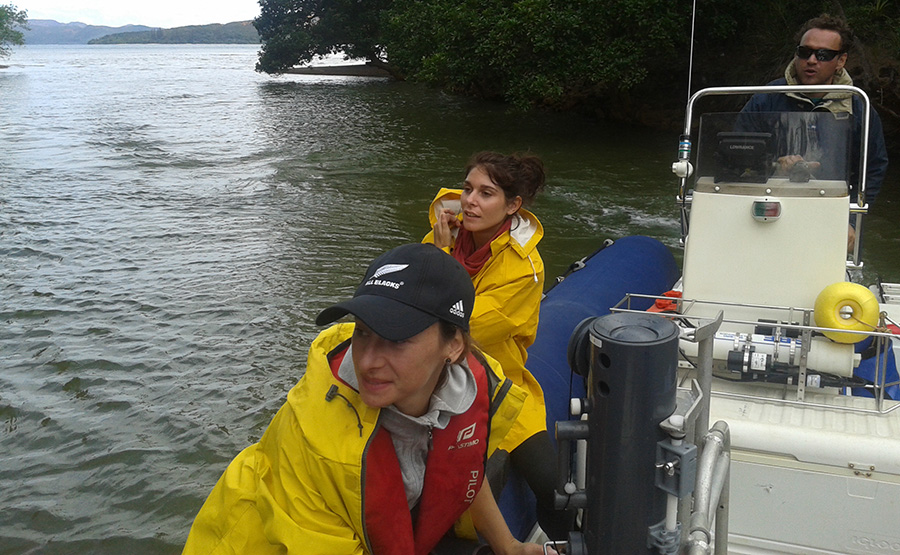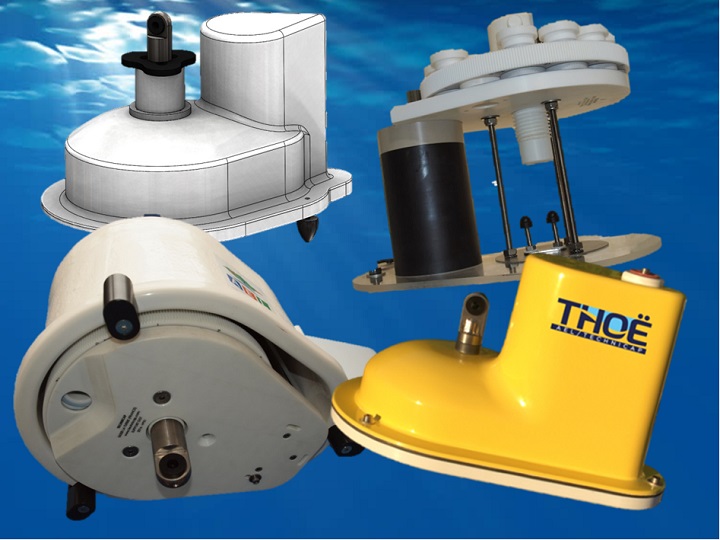Welcome to AEL/LEA New Caledonia
Welcome to AEL/LEA New Caledonia
Always looking for innovative techniques to be able to provide more efficient solutions to our customers, AEL/LEA invests in its research and development programs. This allows us:


Interdisciplinary R&D programs have made it possible to develop ecotoxicology techniques and to validate the use of passive samplers (DGT®s) as tools for monitoring pollutants such as metals.
In partnership with the French Institute for Research and Development (IRD), studies aim to increase knowledge in metal transfer in the environment, to develop better monitoring tools in order to accurately monitor in the impact of the anthropic activities.

Thanks to a CIFRE grant (an Industrial Research Training Agreement between IRD and AEL/LEA), research is currently underway in hydro-sedimentation modeling. This work focuses on the development and validation of a decision support tool that will complete the panel of our expertise.

This problem requires a wide field of investigation. Within this framework, AEL /LEA has undertaken studies on:

The production of reliable data is the basis of any study. Since its creation,AEL/LEA has developed numerous techniques either as a response to client’s needs or to remain at the forefront of providing innovative solutions. These include:

DGT® devices, more generally known as ‘Passive samplers’, are an innovative monitoring tool for the time-series measurement of (bio)available contaminants in water and sediment. Passive sampling technology is proving to be a reliable and robust tool that is increasingly being used in monitoring programs.
These devices are now being considered as a part of a new monitoring strategy for a growing range of priority and emerging pollutants.
Using this technology for over 10 years now, AEL/LEA has also been actively looking at deploying these devices in a cost effective way to limit the need for frequent sampling campaigns. AEL/LEA research and development has culminated in the creation of an automatic sampler (THOË®).
Further details can be found on the link: THOË